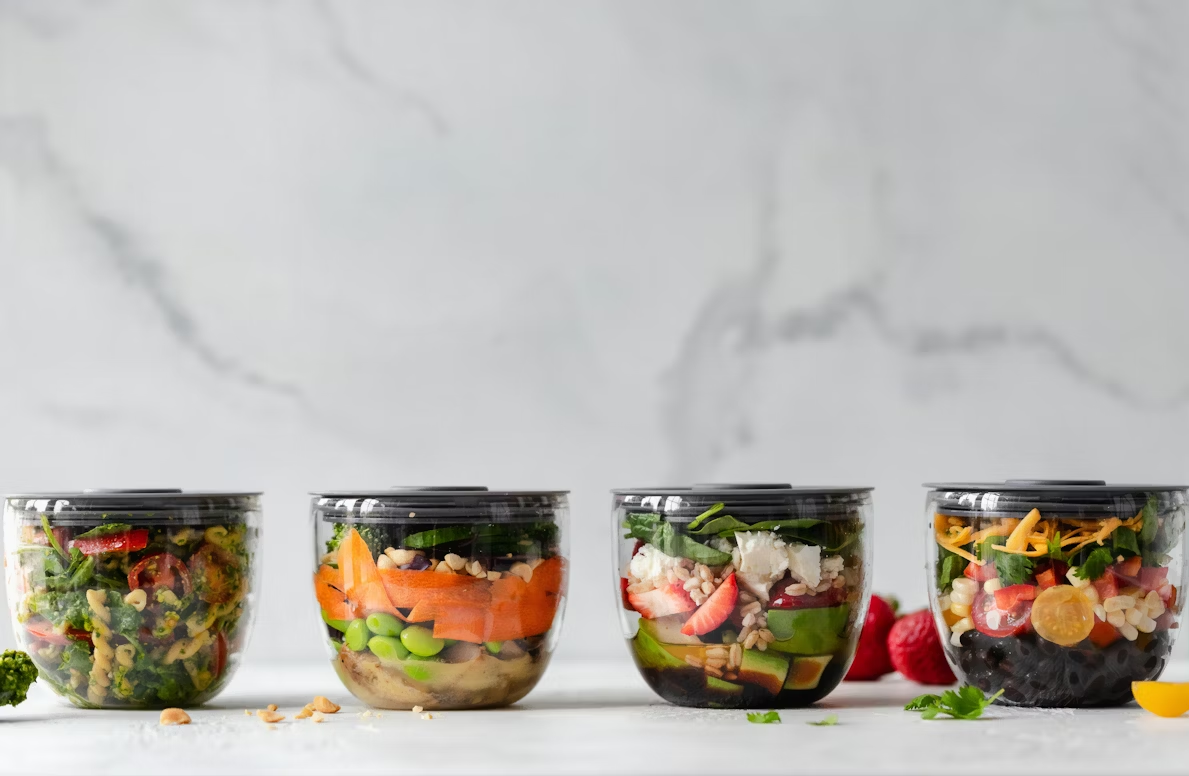To make informed decisions about wellness foods and drinks, understanding key purchasing strategies is key. With numerous products claiming to be beneficial, it’s easy to feel overwhelmed.
Prioritizing health during shopping can significantly impact well-being. Whether you’re looking for nutritious snacks or refreshing beverages, following a few practical guidelines can aid in selecting the best options for your lifestyle. Below are six essential tips to take into account before making a purchase.
Assessing Your Health Goals
Recognizing your health objectives provides a solid foundation for any wellness journey. You might aim for weight loss, increased energy levels, or improved digestion. Identifying specific goals will directly influence your food and drink choices. If hydration is a priority, seek out beverages that are low in sugar and high in electrolytes.
Alternatively, if boosting protein intake is necessary, focus on snacks with a higher protein content. When establishing these objectives, consult a healthcare professional. They can assist you in determining realistic goals based on individual needs. Tracking progress can provide motivation and insight when evaluating what works best for you.
Find Your Niche
Understanding personal preferences can significantly enhance your shopping experience. Each person’s dietary requirements and tastes vary, influencing wellness product choices. The key is to discover what suits your lifestyle and promotes your health. The team behind MDLAWELLNESS says that embracing a niche approach can encourage consistency with purchasing behavior. Once established, it becomes easier to identify and replicate favored purchases, allowing for simplified shopping trips and better nutritional intake.
Try a variety of wellness foods and drinks that align with your needs. This exploration can help identify favorite brands and flavors, ensuring a satisfying experience during consumption. Pay attention to ingredient lists and nutritional information to ensure that purchases provide genuine health benefits.
Research the Brands
Before committing to a brand, it is beneficial to conduct thorough research. Many wellness brands tout various health claims, but not all may uphold quality or transparency. Look for certifications that endorse product integrity, such as organic or non-GMO labels. Reading customer reviews can provide insight into product effectiveness and taste.
Another key factor is understanding the sourcing of ingredients. Brands that invest in ethical and sustainable practices often reflect a commitment to quality. Investigate the supply chain and values of the companies behind the products you think about purchasing. Strong alignment with personal or ethical values can lead to a more satisfying buying decision.
Transparency in labeling and third-party testing can help verify the brand’s trustworthiness. You might also explore how the company handles consumer feedback and product recalls, if any. Companies that respond openly and responsibly to concerns often indicate stronger customer commitment. Explore the brand’s social media or press presence to gauge its reputation in the wider wellness community. All of this information can help you make a more informed and confident purchase.
Read Labels Carefully
Product labels contain a wealth of information necessary for making informed purchases. Pay close attention to serving sizes, calorie content, and nutrient breakdowns. Ingredients are usually listed in descending order, with the most prominent ingredients up front.
Seek products with whole and natural ingredients, avoiding those with extensive artificial additives or preservatives. Highlight allergens or components you wish to limit, such as sugars or saturated fats. Understanding nutritional information can significantly impact health. Utilize online resources or apps that allow you to compare products to find the best options available.
Explore Seasonal Options
Shopping for seasonal foods and drinks enhances wellness and enjoyment as well. Fresh produce typically provides richer flavors and higher nutrient content. Exploring local markets or participating in community-supported agriculture (CSA) programs enables access to fresh, seasonal options at a reasonable price.
Incorporating seasonal ingredients into meals or beverages provides a variety of nutrients. This approach can introduce unique flavors and textures that may not be available year-round. Cooking with seasonal ingredients can lead to a more satisfying eating experience while supporting local farmers and the environment.

Stay Within Budget
Adopting a wellness-oriented lifestyle does not have to break the bank. Create a budget to guide purchasing decisions, allowing for shopping that doesn’t cause financial stress. Keeping track of expenses while prioritizing nutritious choices can ensure favorable results in the long run.
Opt for bulk purchasing when feasible, as many wellness foods and drinks can be more affordable in larger quantities. Look for sales or discounts and utilize coupons or loyalty programs to maximize savings. Protecting your finances while pursuing wellness creates a sustainable lifestyle change, reinforcing healthy habits without overspending.
Efficient strategies can make purchasing wellness foods and drinks an enjoyable task. Define health goals and find a niche that fits personal preferences, fostering continuity and satisfaction in choices. Researching brands and reading labels thoroughly ensures informed decisions that meet both health and ethical standards. Engaging with seasonal selections adds variety, all while keeping budgeting in check. By utilizing these practical approaches, shoppers can navigate the wellness food market more effectively, leading to improved health and well-being.



































